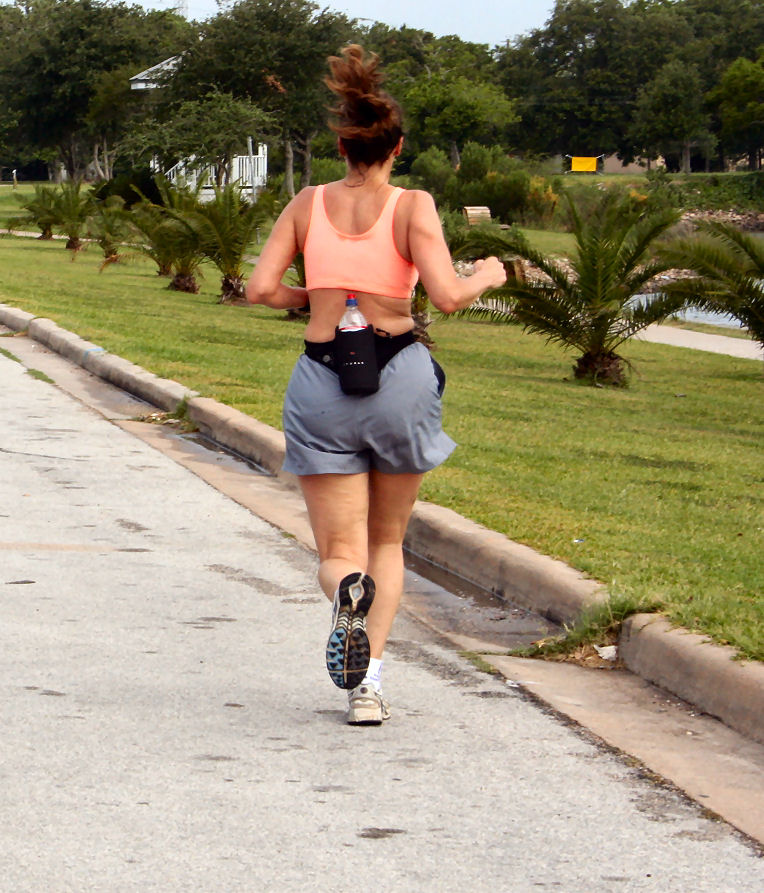Four thoughts on summer running
We all remember this past winter, with February as the coldest on record. As runners especially, we longed for warmer weather, sidewalks free of snow and ice and not having to bundle up in layers when we headed outside. Now that summer is here, we can avoid the treadmill and just throw on a pair of shorts, a shirt and our shoes to get in the miles.
Except, it’s hard when it’s hot and humid. As much as we complained about the winter, it’s a distant memory now that we’re well into July. Here are some of our thoughts on running during the summer and the accompanying heat and humidity.
It’s OK to slow down
When temperatures hit the mid 80s, with humidity at tropical levels, running can be a chore. All of us want to hit our splits, and the hot, humid weather can throw that off pretty quickly. Even if you’re in shape and have experience running, you can find yourself slowing down and maybe even walking. And that’s OK. We have an ego, too, and we have experienced the frustration of doing 3 intervals instead of 5 or walking part of a hill. But sometimes, that’s the best thing for your body. If you’ve attacked that hill before, you know you will again. And you will crush the interval workout in cooler temperatures (hopefully, the next time around).
Protect your epidermis
Don’t forget sunscreen. The recommendation is to wear sunscreen every time you go out and not just when the sun is beating down its hardest (between 10 a.m. and 2 p.m.). You can still get burned early in the morning and later in the afternoon, and it behooves you to protect your skin. If suncreen gets into your eyes thanks to sweat, consider using it just below your eyes and wearing a hat to shade the top half of your face. Some of us here at ARMS wear a headband, which offers obvious protect, and we’re waiting for that sunny day combined with a long run where we have a tan line on our forehead.
Hydrate yourself
If you’re running less than an hour, you don’t really have to take fluids with you on the run because the chances are slim that you’ll become dangerously dehydrated. That said, there’s no harm if you do carry a water bottle with you. What kind is up to you and what you prefer. Some people like hand-held bottles that slide into a case that wraps around their hand. Others like belts that carry a water bottle around their waist (in our eyes, these are a necessary evil on long runs because they bounce and slide around too much). You can also plan routes that have access to water, or you can stash water bottles along the way. The other key questions about hydration are when and how much to drink. Matt Fitzgerald, in this Competitor article, says you should listen to your body and drink when your thirsty. If you’re confused as to how much water you should drink, Camelbak has this nifty calculator to help you figure that out.
Morning runs
The coolest time of the day is right before sunrise. And we all know how fast the temperature jumps once the sun peeks above the horizon. If you can manage to run in the morning, you can beat the heat and maybe feel better about your performance.
